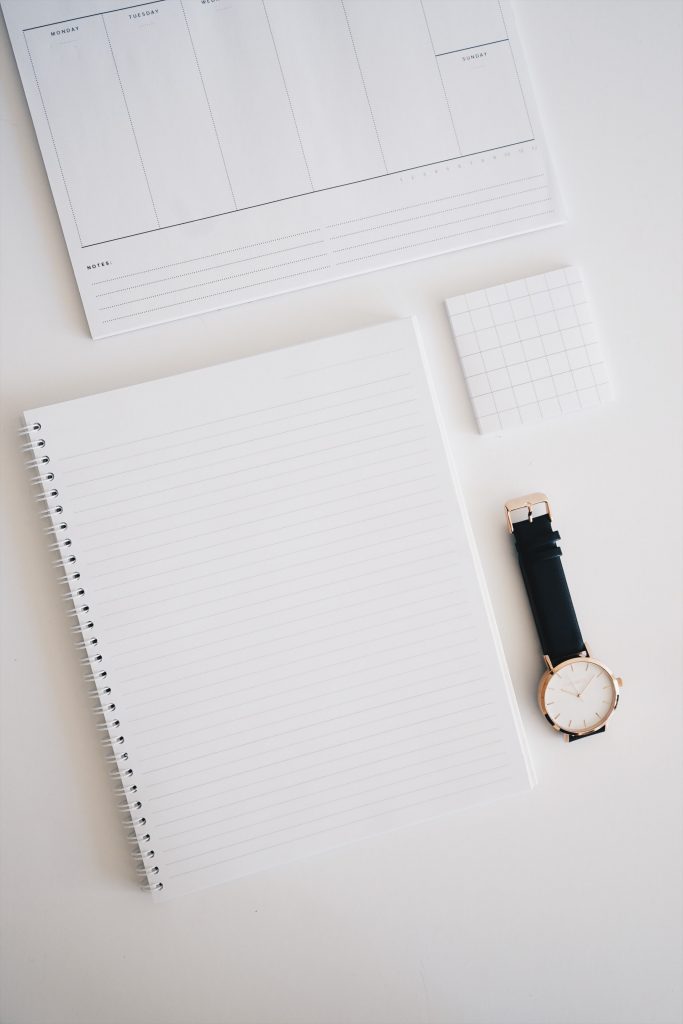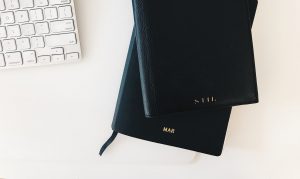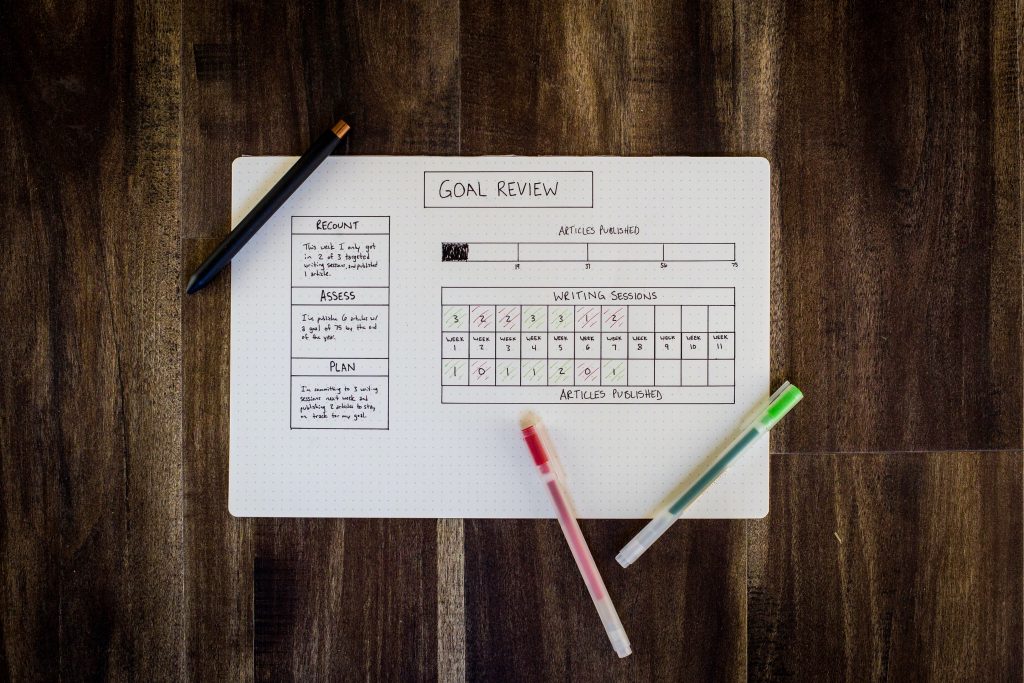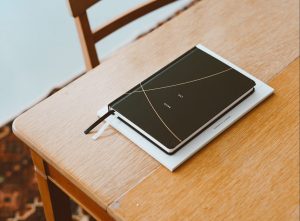
Published 11/07/21.
Developing a good system for task tracking can be critical in staying organized at work and home. Although managing tasks should be important to anyone, it is especially beneficial for adults with ADHD. In this article, we’ll take a look at some Bullet Journal Basics.
The Bullet Journal Method, from author Ryder Carrol, has become one of the leading forms of task journaling. It is surprisingly detailed while also providing long-term planning.
The Bullet Journal keeps everything organized and recorded, from the task before you to the task planned a year from now.
The fundamental Bullet Journal Basics are listed below:
– Collections
– Index
– Monthly Log
– Calendar Page
– Task Page
– Daily Log
– Rapid Logging
– Task Migration
– Future Log
– Custom Logs

The first of the Bullet Journal Basics are Collections, which are large sections that group similar items. The first primary collection is the Index, which lists the page numbers for everything in the journal. This journal Method begins with blank pages, which are then numbered as the journal is filled in.
As you can imagine, various items get added to the journal that are not always perfectly ordered. The Index Page solves this issue by indicating what pages or sets of pages are used for any specific purpose. So, the Index can indicate that a Collection starts on a particular page and then is continued on another non-sequential page.
The next collection in Bullet Journal Basics is the Monthly log. This collection starts with the Calendar Page, which lists each day of the month on a separate line. The Calendar page should only use a page or two, with very brief items listed on various dates.
Following The Calendar Page is The Task Page. Here, you try to list every priority, task, and event that you can remember. It’s like a dumping ground for clearing your mind of anything imaginable related to the current month.

Following The Task Page is the Daily Log. Daily logs are created during the current day for meetings notes, thoughts, new events, new tasks, and anything else you encounter throughout the day.
One of the critical components of The Bullet Journal basics is Rapid Logging. This is the style of notation where everything in the current day gets a bullet. There are several types of bullets to indicate what a note item records. For example, a dot bullet is a task, while an event bullet is a small circle.
As the name implies, Rapid Logging uses bullet symbols to allow for quick note-taking with context. The context is added by the type of bullet used for a notation. This method allows for quick note-taking while still offering differentiation between different items within the notes.
The next concept in the Bullet Journal basics is the process of migration. In this step, we look at the completed month and notate where unfinished tasks should be moved. Migration allows us to reflect on the completed month and consider whether an unfinished task really needs to be completed.
Items that we intend to move into the next month for completion get tagged with a specific notation. Then they are transferred to the next month’s Task Page. Items identified for a future month beyond the current month are moved to the future log to be planned later.

Outside of these main collections, The Bullet Method allows for custom collections of all kinds. This is where the journal can become incredibly useful. For example, we can add collections to track healthy habits, large projects, or other goals.
The Bullet Journal Method by Ryder Carrol provides an efficient way to take fast, efficient, and organized notes while also planning the bigger picture. Although these Bullet Journal Basics give a quick sense of this method, the book by Ryder Carrol gives a more complete and organized explanation of this method.
The Bullet Journal Method by Ryder Carrol is an excellent book that I highly recommend if you want to use this method for your task journaling. For ADHD, Bullet Journaling is one of the best ways to stay organized.
As I was gathering photos for this post on Unsplash, I found several journal photos from STIL. I visited their website to view more of their products and found several attractive designs. It’s worth a look. https://stilclassics.com

The original, and still available, bullet journal is still a solid option. The original version by BULLET JOURNAL comes with the first two chapters of Ryder Carrol’s book. This version is also well designed with a “smart grid” design and quality 120 GSM paper. It is available at https://bulletjournal.com/products/edition-2.
For some additional tools to help stay organized with ADHD, check out these apps.